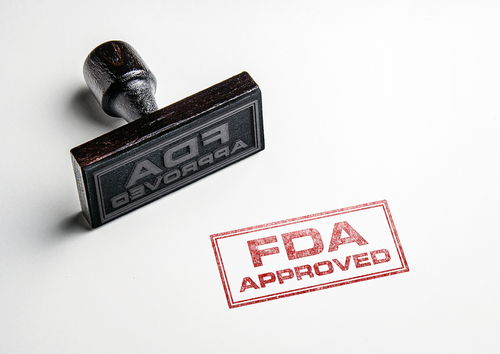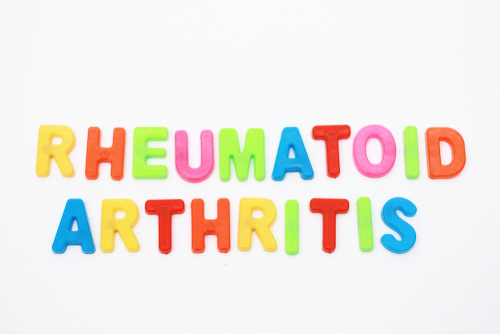
In a recent study, researchers compared outcomes associated with continuous glucocorticoid (GC) treatment in rheumatoid arthritis (RA) patients as opposed to tapering therapy. They found that continued GC treatment was associated with better disease control. The findings of the study were presented at European League Against Rheumatism (EULAR) 2019.
The researchers undertook the study to inform clinicians about tapering medication, according to Gerd Rüdiger Burmester, MD, professor of medicine, director, Department of Rheumatology and Clinical Immunology, University Medicine Berlin.
“Glucocorticoids (GCs) are used widely by general physicians and a wide range of specialists (rheumatologists, neurologists, pulmonologists, nephrologists, gastroenterologists) to treat inflammatory conditions,” Dr. Burmester, who presented the findings at EULAR 2019, told DocWire News in an interview. “Conversely, endocrinologists, rheumatologists, and other specialists are frequently consulted about the management of GC-induced side-effects. Despite development of targeted therapies for many diseases, GC use has increased over the past 20 years.”
“To our knowledge, this is the first study investigating tapering versus continuing GC therapy in a large, double-blind randomized controlled trial,” he added.
The study included patients who had received tocilizumab (TCZ) plus conventional synthetic disease-modifying antirheumatic drugs (csDMARDs) and GC for ≥ 24 weeks. Eligible patients maintained low disease activity (LDA, Disease Activity Score-28 for Rheumatoid Arthritis with ESR [DAS28-ESR] ≤ 3.2) and received stable concomitant therapy (prednisone 5 mg/d [GC 5 mg]) and TCZ ± csDMARDs) for ≥ four weeks. Patients were randomized to 24 weeks of blinded GC 5 mg or to undergo blinded taper (GC taper, from 4 mg/d with 1-mg reduction every four weeks to 0 mg/d at weeks 16-24) while continuing stable TCZ and csDMARD doses. The primary outcome was 24-week change in DAS28-ESR, and the secondary outcome was treatment success defined as DAS28-ESR ≤ 3.2 after 24 weeks, no RA flare during 24 weeks, and no adrenal insufficiency warranting replacement therapy.
Of the 259 patients included in the study, 226 patients completed 24 weeks (GC taper, n = 114; GC 5 mg, n = 112). Mean disease duration at baseline was 9.2 years, and mean DAS28-ESR was 1.9.
Results for the primary outcome favored the continued treatment group. “The primary endpoint of mean change in disease activity score based on 28 joint counts (DAS28) was larger with prednisone taper than with continued prednisone with a difference in means (95% confidence interval) of 0.61,” said Dr. Burmester. Secondary outcomes also favored the continued treatment group: 65% of the GC taper patients and 77% of the GC 5 mg group achieved the secondary endpoint.
The outcomes came somewhat as a surprise to the researchers.
“To many investigators, it appeared that 5 mg of prednisone would not matter much in patients in remission or low disease activity. However, there was a small advantage in a reduced disease activity of 0.6 DAS28 in favor of continuing prednisone. Nevertheless, most patients were still in low disease activity or remission,” said Dr. Burmester. The most surprising outcome was that none of the taper patients experienced an adrenal crisis.
The authors concluded in their abstract, “The results suggest that all [patients] achieving LDA or remission with TCZ and receiving long-term low-dose GC should be considered for GC tapering, ideally targeting discontinuation.”







 © 2025 Mashup Media, LLC, a Formedics Property. All Rights Reserved.
© 2025 Mashup Media, LLC, a Formedics Property. All Rights Reserved.